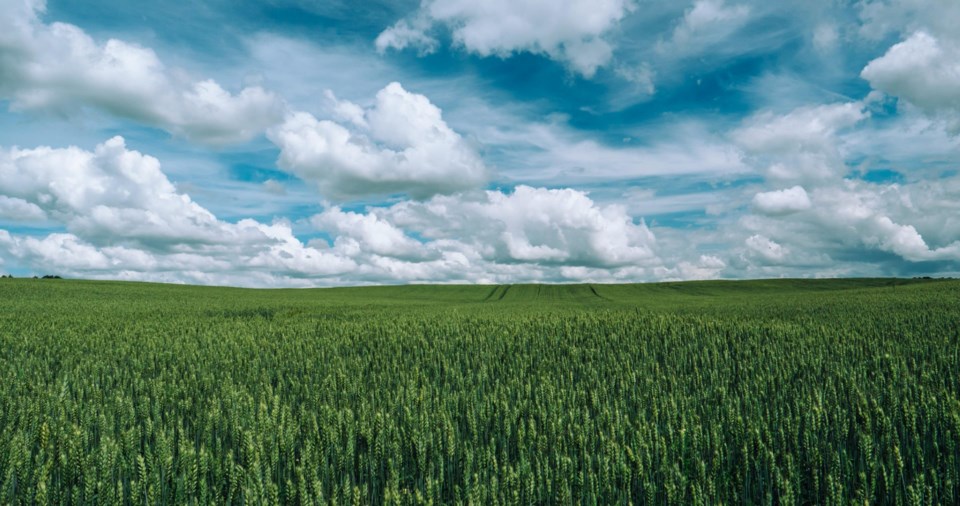UNITY — Conditions in the west-central region remain dry leading up to harvest. Harvest isn’t fully underway yet in this region, but a few producers have been able to start. Lots of desiccating took place this week and many producers expect to begin harvesting in the next week or two.
Harvest in the west-central region is currently one per cent complete, which is less than the current six per cent provincial average. Harvest progress in west-central Saskatchewan this year is also behind the regional five-year average of five per cent and 10-year average of three per cent. Crops harvested so far are mainly winter wheat and fall rye. Thirty-nine per cent of winter wheat has been harvested while 17 per cent of fall rye harvest is complete. Field peas and lentils are the only other crops where harvest has begun in this region so far, with harvest progress for each of these crops being three per cent complete.
There was very little rainfall in west-central Saskatchewan this week, with only a few areas receiving precipitation. The Coleville area received 25 mm of rain which was the most in this region, followed by Macklin-area which received 15 mm and Smiley-area which received 13 mm. As a result of very limited precipitation, topsoil moisture in this region has rapidly declined since last week. Topsoil moisture is now 13 per cent adequate, 63 per cent short and 24 per cent very short. Hayland topsoil moisture is three per cent adequate, 67 per cent short and 30 per cent very short. Finally, pasture topsoil moisture conditions are dry as only three per cent is adequate, 66 per cent is short and 31 per cent is very short.
Livestock producers in this region are the most concerned about water availability for their livestock with 39 per cent of producers concerned and 61 per cent not concerned. Moderate shortages are being seen in 17 per cent of livestock water sources, another 44 per cent of water sources are expected to experience shortages in the next couple of months and 39 per cent are not expected to experience shortages in the next few months. Like most of the province, livestock producers are hoping for plenty of rain this fall and lots of snow during the winter to fill water sources for next year.
Dry conditions from a lack of rainfall and heat caused the most crop damage this week. Grasshoppers feeding on crops and sclerotinia stem rot infections also resulted in crop damage this week.
For more information about West-Central Saskatchewan, explore the .




